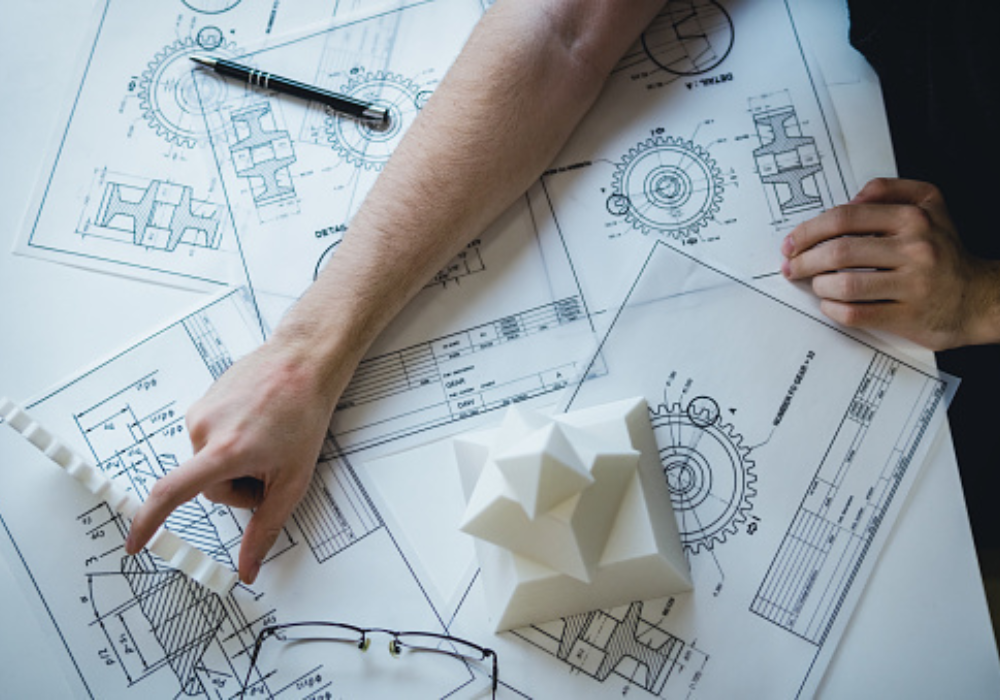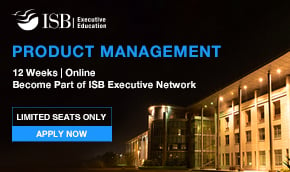How to Build a Successful Career as a Product Design Engineer: A Guide

- Skills Needed to Become a Product Design Engineer
- Difference Between Product Design Engineering and Industrial Design
- Role of Product Design Engineers in Product Development
- What is the Product Design Process?
- Future Outlook for a Career in Product Design Engineering
- Why are Emeritus Product Design Courses in Demand?
A product design engineer employs computer-aided design software to develop, improve, and test product designs for various consumer goods and manufacturing processes. They remain involved in the entire product development process, from ideation to production. Additionally, the work of a product design engineer must meet industry regulations and fulfill customer requirements.
In a market driven by design, this profession has huge scope. This article will help you understand the role as well as the skills needed to become a successful product design engineer.
Skills Needed to Become a Product Design Engineer
The skills required by a product design engineer are as follows:
- Experience with manufacturing processes
- Substantial knowledge of mechanical design
- Understanding of blueprint documents
- Ability to work with software applications such as Adobe Acrobat or AutoCAD
- Proficiency with Solidworks
- Sketching and concept generation skills
- Ability to use 3D modeling software
- Experience with QAD/ ERP/MRP
- Understanding of complex mathematical relationships in terms of product mechanics
- Specialized knowledge of material fabrication processes
- Proficiency with lean tools for developing new processes, workflows, and layouts
Also Read: Product Design and Development 101: Your Comprehensive Guide in 2023
Difference Between Product Design Engineering and Industrial Design
Product design engineering involves transforming a concept or prototype into a usable item that meets customer requirements. Meanwhile, industrial design is about developing ideas for mass production. In other words, industrial design requires far more effort in transforming and customizing the design for manufacturing.
A product design engineer works on the functionality of a product to make it fulfill customer requirements. On the other hand, an industrial designer aids the product design engineer by working on the visual appeal of a product to attract potential buyers.
Role of Product Design Engineers in Product Development
The role of a product design engineer in the product development process is as follows:
1. Understanding Product Design Requirements
Product design engineers are required to determine the project requirements before beginning work on a new design. This entails a thorough analysis of the target audience, product usage, functionality, and other factors.
2. Recommending Ideas and Creating Prototypes
Product designers begin by sketching designs, concepts, and visual motifs. Product design engineers turn these sketches into working models with the help of programs like CAD. These rendered models are submitted for review before prototypes are approved.
3. Finalizing the Manufacturing Process and Determining Requirements
After a prototype has been authorized, product design engineers must decide on the appropriate materials and the manufacturing needs to build the proposed product. Their responsibilities include dealing with vendors, designing production processes, establishing supply chains, and communicating with operations teams, among other things. They also estimate production costs and look for ways to reduce the overall expense of developing a product.
4. Assessing the Final Product and Incorporating Feedback
Product design engineers assess a new product’s efficiency, aesthetic value, safety, and durability. Tests are run, and adjustments are made based on the results. The professionals also take into account the final client feedback to make necessary changes.
What is the Product Design Process?
The product design process involves the following steps:
Step 1. Brainstorming
The first step involves generating ideas for a product that can help solve the problems of the target audience. The idea-generation method requires the product development team to be extremely creative and innovative.
But before working on ideas, it is crucial to analyze the target market and understand their problems. Moreover, developers also need to analyze the competitors and the trends in their specific industries.
Step 2. Defining the Product
After brainstorming and selecting all the viable ideas for the future product, they must outline a set of general expectations for its completion. In general, the output is a fairly abstract list. The aim is to establish the directions for future team activities rather than to form an accurate guideline for development.
Step 3. Prototyping
Creating a prototype is as significant and critical as generating a concept. It should be noted that the prototype is not the final appearance. Instead, it is a “skeleton” of the future product’s appearance.
But the prototype helps demonstrate the functionality, user engagement, and basic aesthetic of the product. The building of the prototype enables the avoidance of future errors and corrections. This will assist both the consumer and the performers save time, money, and resources.
Step 4. Sample Testing
Testing samples enables you to spot defects in the product or conflicts with the specifications in real time. The issues can be detected before you initiate a costly method for implementing them. Manufacturing and testing of the samples can be repeated as often as necessary until they meet all of the standards and receive enough positive feedback from consumers.
Step 5. Starting Production
The next stage involves the manufacturing or development of the actual product after getting a clear definition of the requirements and specifications. The goal of the development process is to break down several tasks into smaller ones so that the deadline can be easily met.
Step 6. Offering Quality Assurance
At this point, the product development team needs to ensure that the quality of the finished product is optimal. Quality assurance is performed before making the product public. The step involves checking for the last time whether the final product aligns with the customer’s needs and preferences.
Also Read: How Digital Product Design Can Help You Make Better Products in India
Future Outlook for a Career in Product Design Engineering
The demand for product design engineers will increase in the future. Various industries will need them for their design requirements. These will range from the smallest vacuum to the biggest wind turbine. Between 2018 and 2028, the employment growth rate for product design engineers will be 4.1% and lead to at least 12,800 job openings.
Moreover, the use of Artificial Intelligence (AI) won’t eliminate the need for product design engineers. Instead, AI will only transform the tasks of a product design engineer and revolutionize everything that is possible in the product design industry. Therefore, the outlook for aspiring product design engineers is bright.
Why are Emeritus Product Design Courses in Demand?
Emeritus offers product management courses that can make you job-ready. The programs offer both theoretical and practical knowledge to provide you with hands-on industry experience. Enroll in a product design course offered by Emeritus today to become a product design engineer or to pursue any other role in this field.







